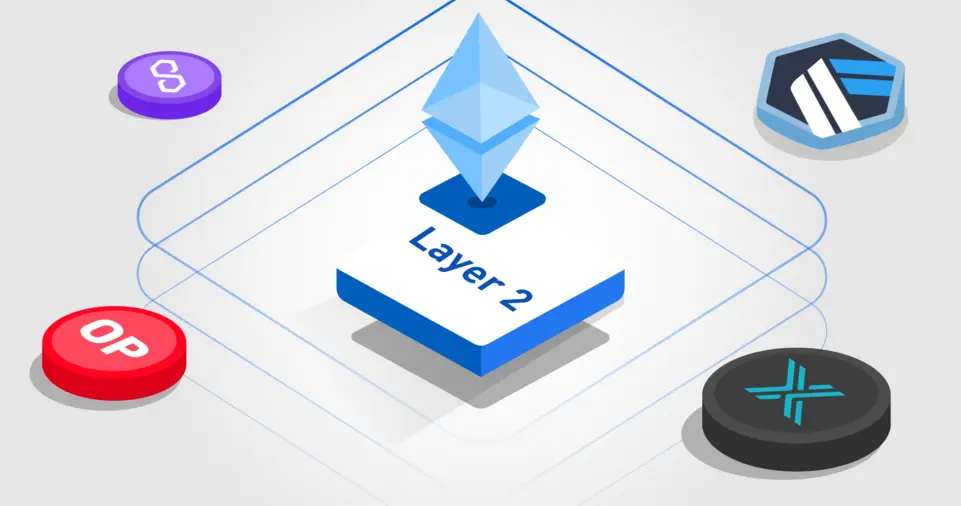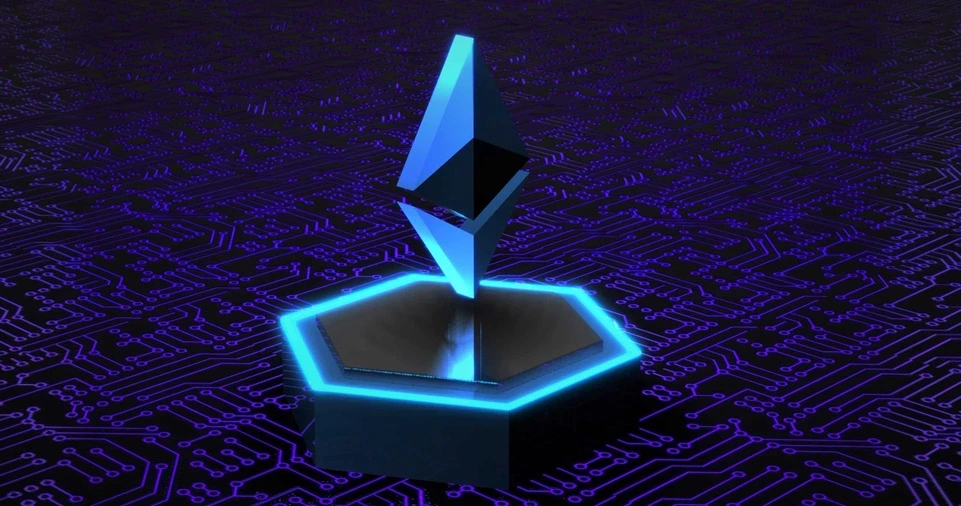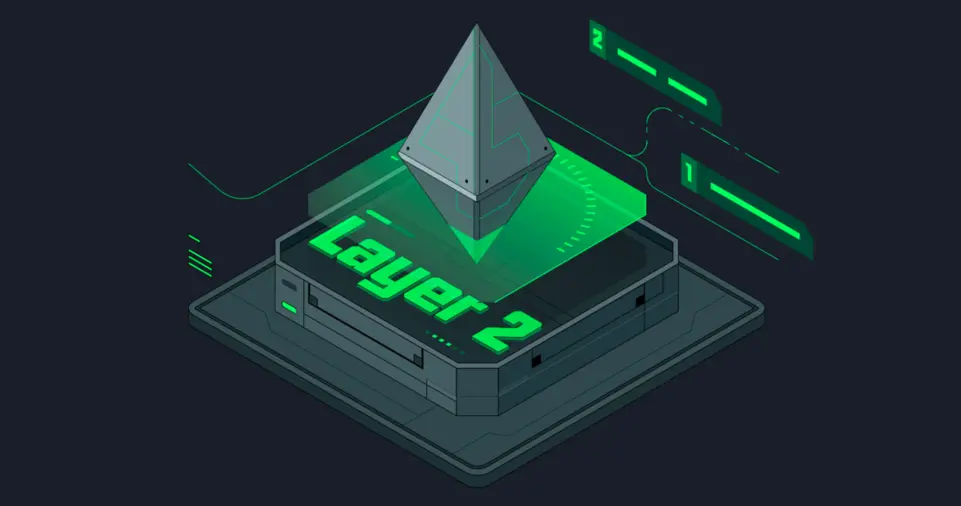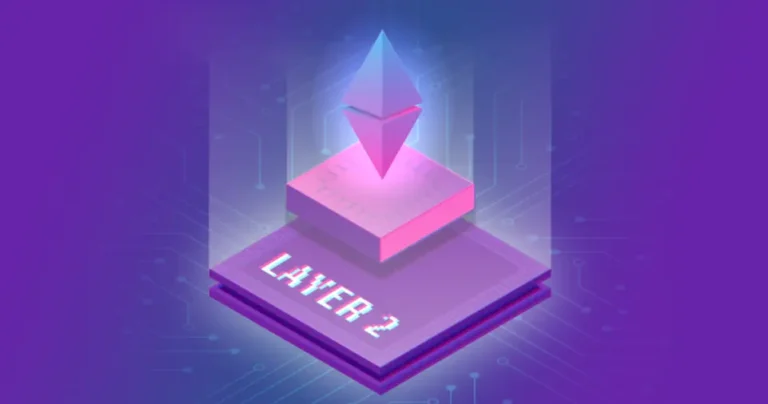Gas fees on Ethereum and other blockchain networks can be a significant barrier for users, especially during periods of high demand.
These fees, which represent the cost of executing transactions or smart contracts on the blockchain, often spike during network congestion.
For newcomers and experienced crypto enthusiasts alike, high gas fees can make activities like trading, minting NFTs, or participating in DeFi (decentralized finance) impractical or expensive.
Enter Layer 2 solutions—a powerful, scalable answer to this problem.
Layer 2 solutions are protocols or networks built atop the main blockchain (known as Layer 1).
These innovations process transactions more efficiently, reducing congestion and significantly cutting down gas fees for users.
If you’ve been hesitant to explore Ethereum-based applications due to gas costs or are simply looking for a more affordable way to engage with blockchain technology, Layer 2 solutions are your best friend.
This article breaks down what Layer 2 solutions are, how they save gas fees, and provides a step-by-step guide on how to use them.
What Are Layer 2 Solutions?
Definition of Layer 2
Layer 2 solutions are secondary frameworks or protocols built on top of an existing blockchain, such as Ethereum.
Unlike Layer 1, which directly handles transactions and maintains security and decentralization, Layer 2 systems offload a portion of transaction processing to reduce congestion and increase efficiency.
In simpler terms, imagine Ethereum as a highway with heavy traffic.
Layer 2 solutions act as faster side roads that handle smaller cars (transactions) while still connecting to the main highway when necessary.
These systems work without compromising Ethereum’s core principles of decentralization and security.
Why Are Gas Fees a Problem?
Understanding Gas Fees
Gas fees are the cost of computing power required to process transactions on a blockchain.
They vary based on:
- Network Congestion: The busier the network, the higher the fees.
- Complexity of Transactions: Simple token transfers cost less than running smart contracts or minting NFTs.
- Ethereum’s Design: The Ethereum network uses a bid-based model for transaction fees, which can skyrocket during high demand.
For example, during an NFT drop or popular DeFi protocol launch, gas fees can surge to hundreds of dollars per transaction, deterring users with smaller budgets.
This makes blockchain accessibility uneven and limits mass adoption.
How Do Layer 2 Solutions Save on Gas Fees?

Layer 2 solutions tackle the gas fee problem through advanced technologies that improve scalability and reduce costs.
Here’s how they work:
Batching Transactions
Layer 2 protocols bundle multiple transactions into a single transaction, which is then settled on the main Ethereum chain.
This process spreads the gas cost among many users, drastically reducing the fee for each participant.
Lower Network Load
By processing transactions off-chain or on a secondary network, Layer 2 reduces congestion on Ethereum’s mainnet.
This lower traffic translates to reduced competition for block space and, consequently, lower gas fees.
Optimized Architecture
Layer 2 solutions employ advanced techniques like:
- Rollups: These gather multiple transactions, compute them off-chain, and only post summary data to Layer 1.
- Sidechains: Independent blockchains connected to Ethereum with their own set of validators.
- Plasma Chains: Mini blockchains that use Ethereum for security and dispute resolution.
Each technique has its strengths but collectively ensures cost efficiency while maintaining security.
Types of Layer 2 Solutions
Understanding the different types of Layer 2 solutions can help you decide which one is right for your needs.
Optimistic Rollups
Optimistic Rollups assume transactions are valid unless proven otherwise.
They post transaction data to Ethereum and rely on “fraud proofs” to challenge any invalid transactions.
Examples include:
- Arbitrum: Known for its compatibility with Ethereum-based dApps.
- Optimism: Focused on scaling DeFi applications.
Zero-Knowledge Rollups (ZK-Rollups)
ZK-Rollups use cryptographic proofs to validate transactions off-chain, making them faster and more secure.
Popular examples are:
- StarkNet
- zkSync
Sidechains
Sidechains operate independently but are connected to the Ethereum network.
They process transactions with their own consensus mechanisms, offering flexibility.
Examples include:
- Polygon PoS
- xDai Chain
Step-by-Step Guide to Using Layer 2 Solutions

Step 1: Choose a Compatible Wallet
A crypto wallet is your gateway to Layer 2 solutions. Popular options like MetaMask or Trust Wallet support Layer 2 networks.
Ensure your wallet is configured to access the desired Layer 2.
How to Add a Layer 2 Network
- Go to your wallet’s settings.
- Add a custom network by entering the Layer 2 RPC (Remote Procedure Call) details.
- Save and switch to the new network.
Step 2: Bridge Funds to Layer 2
Bridging is the process of transferring your tokens from Ethereum (Layer 1) to a Layer 2 network. This step involves using an official bridge for the chosen Layer 2.
How to Bridge Funds
- Visit the bridge’s website (e.g., Arbitrum Bridge, Polygon Bridge).
- Connect your wallet.
- Select the token and amount you wish to transfer.
- Approve the transaction on Ethereum (this incurs a gas fee).
- Wait for your tokens to appear on Layer 2.
Step 3: Start Transacting on Layer 2
Once funds are bridged, you can transact at significantly reduced costs.
Use Layer 2 platforms for:
- Trading on decentralized exchanges (e.g., Uniswap v3 on Optimism).
- Minting or trading NFTs (e.g., Immutable X for gas-free NFT transactions).
- Participating in DeFi protocols (e.g., Aave on Polygon).
Step 4: Withdrawing Funds
To move your funds back to Ethereum:
- Use the same bridge platform.
- Initiate a withdrawal, which may take a few minutes to hours depending on the network.
- Pay the required Layer 2 and Layer 1 gas fees.
Benefits of Layer 2 Solutions
Lower Costs
Layer 2 drastically reduces gas fees, making blockchain transactions affordable for everyone.
Faster Transactions
By offloading processing to secondary networks, Layer 2 offers near-instant transaction speeds.
Enhanced Scalability
Layer 2 increases Ethereum’s capacity to handle more users and applications, fostering ecosystem growth.
Access to DeFi and NFTs
Affordable fees open up opportunities for users to participate in decentralized finance, gaming, and NFT ecosystems without financial strain.
Pro Tips for Using Layer 2 Solutions

- Start Small: When bridging funds to Layer 2 for the first time, transfer a small amount to familiarize yourself with the process.
- Monitor Fees: Compare the gas costs of different Layer 2 networks. Some networks offer lower fees based on their architecture.
- Stay Informed: Follow updates from Layer 2 projects to leverage new features and enhancements.
- Choose Trusted Platforms: Use official bridges and reputable wallets to avoid scams or errors.
Common Use Cases for Layer 2
Layer 2 solutions cater to a wide range of blockchain activities.
Here are some common applications:
DeFi (Decentralized Finance)
Trade, lend, or borrow with lower fees on platforms like:
- SushiSwap on Arbitrum
- Curve on Optimism
NFTs
Mint or trade NFTs without worrying about high gas costs on platforms like:
- Immutable X
- Rarible (Polygon version)
Blockchain Gaming
Games like Gods Unchained and Axie Infinity run on Layer 2 networks, enabling cost-effective in-game transactions.
Payments
Layer 2 facilitates micropayments for services and subscriptions, making blockchain payments viable for everyday use.
ALSO READ: How to Understand and Use NFTs (Non-Fungible Tokens)
Conclusion
Layer 2 solutions are revolutionizing the blockchain landscape by solving the persistent issue of high gas fees.
Whether you’re an NFT enthusiast, a DeFi user, or a blockchain gamer, transitioning to Layer 2 can save you money and improve your overall experience.
By understanding the types of Layer 2 solutions, their use cases, and how to bridge funds effectively, you can fully embrace the benefits of this transformative technology.
The adoption of Layer 2 is key to making blockchain technology accessible to everyone.
Now is the time to explore these solutions and unlock the full potential of the crypto ecosystem while keeping your costs in check.











